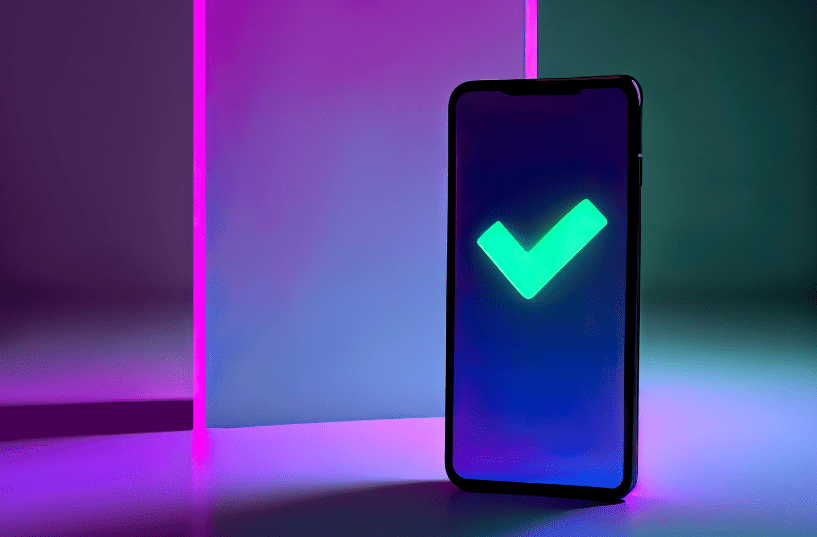The App Store Vs Google Play Store
Apple’s App Store and Google’s Play Store covers 99.6% of the global mobile market. The comparisons between the two isn’t about passing judgement, but rather offering an insight into the benefits you would receive depending on which platform best suits your wants and needs. As most developers want to develop apps that generates the most revenue (and rank highly within the ASO), it’s important to recognise which store supports the most apps. You can learn the process of the App Store approval from our guides, along with understanding how you can make money from an app. Both stores have millions of apps and millions of users, so what’s the big difference? Here are five ways to get to know them like an insider:
1. Security
App Store
The App Store is based on a curated model and Apple has strict standards on what is considered a high-quality, functional app. They don’t allow just anyone who knows how to make an app into their store. Apple follows a severe quality control process in which developers must follow to ensure that they abide by Apple’s stricter guidelines. This process can take less than a week (usually up to 5 business days). Most apps are downloaded free of malware, bugs and inappropriate content for children.
Google Play Store
No one wants a buggy app set to spread malware on their phone, but unfortunately with most Android apps, it’s more likely to happen within the Google Play store. The app reviewing time within the Play Store is noticeably quicker than the App Store, with around 3-5 business days. You have the option of pre-reviewing your app at Goole Play as you can activate pre-launch reports within your Developer Console. Google has much fewer requirements on the development of apps, which can potentially lead to harmful and malicious downloads as it takes less time to get an app approved by Google.
2. User-Friendly
App Store
Apple apps are not as visible as Google’s. They are harder to find as the App store searches only by keywords listed by the developer. Another reason why they are less discoverable is that the App Store categories are less intuitive with a variety of different sub-categories available. Developers have to decide where their app fits in the best and it’s not always an obvious choice.
In the Apple world, you’ll have to download your app to each device you want it on as it doesn’t automatically download to all of your Apple-owned devices. Doing this manually might seem like a pain to some, but to others it keeps them in control of what they want on each desired device.
Google Play Store
The visibility of apps is easier in the Google Play Store. You are able to search for an app much like on the google search engine and it generates multiple suggestions.
Google Play also categorises their apps for easy searching. Many are common like Lifestyle, Education and Entertainment but many cater specifically to gaming such as Racing, Role Playing and Casino.
Android also has the convenient feature of downloading applications to all of your devices. There are options to directly download apps to your other devices including your tablet and laptop after you’ve downloaded one to your phone, which makes it great for cross-platform integration.
3. Cost
App Store
With Apple’s high quality standards, there’s less apps (only around 2 million) and less competition to drive the prices of them down. They also charge their developers, $99 a year (£75.35 for us Brits).
Google Play Store
Google apps on average are less expensive and more populated than the Apple Store. There are almost 4 million apps in the Google Play store which drives down the prices. Google offers developers a one-time payment fee of $25 (£19).
4. Review and Refunds
App Store
The App Store is notorious for being a labor-intensive process for app developers. The ranking system of apps are extremely important. It’s simple, the higher the rating of apps, the higher Apple will promote them (anything higher than 4 stars is desired). The only way for this process to work is to have users rate your iOS app at least 3 times a year, whilst Android doesn’t have such limitations. In the unfortunate case of having paid for an app you now dislike, Apple allows you to receive a refund within 14 days of making your purchase.
Google Play Store
The Google Play Store is notorious for taking a less vigorous approach to their app store process. With the Play Store, it doesn’t just rely on the user ratings, but it relies on the efficient search algorithms to help make it easier for users to search for an app. With the integration of Google+, users are still able to leave comments written by their friends. This also follows with friend recommendations, which are much more effective during the decision-making process. The advantage of the Play Store’s refund policy is that your request can be reviewed and refunded within 2 hours from the date of purchase, indicating that the Play Store is more flexible during this process.
5. Social
App Store
Downloading apps is a much more individual experience with Apple. There are customer reviews but they are not as discoverable as Google. This might be because Apple already assures good-quality apps, but personal recommendations from friends goes a long way. Yes you can share your recommendations on Facebook, but it’s not the same as using the in-house system (if Apple had one).
Google Play Store
Google understands this and puts friends’ personal recommendations and reviews front and centre. You can see which of your friends downloaded which app and if they like it or not. Obviously, this helps make the Google Play Store more social and gives its customers a personal insight on which apps to purchase.
Conclusion
The Apple App Store reigns supreme when it comes to the quality of apps and security. But Google is catching up fast with new overhauls of their mainframe protections. Google Play is overall more friendly to users and developers alike, giving them personal social choices and lower prices for development. Talk To Us today if you would like to create an app that could be featured on one of the app stores!
Share this
Subscribe To Our Blog
You May Also Like
These Related Stories

Why is Glance One of the Most Trusted Development Agencies in London?

A CEO’s Guide to Developing a Mobile Application






